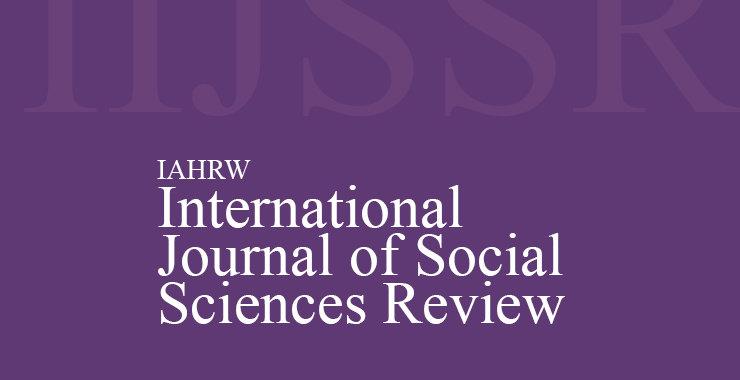Influence of Religiosity and Peer Pressure on Everyday Decision-making among Adolescents
Original price was: ₹ 201.00.₹ 200.00Current price is: ₹ 200.00.
Page: 586-593
Akifah Jamsheed Hamza, Anna There Jaison, Krittika Pradeep, and Sukanya B. Menon (Prajyoti Niketan College, Pudukad, Thrissur, Kerala)
Description
Page: 586-593
Akifah Jamsheed Hamza, Anna There Jaison, Krittika Pradeep, and Sukanya B. Menon (Prajyoti Niketan College, Pudukad, Thrissur, Kerala)
Effective decision-making is a crucial skill that profoundly impacts one’s life. Adolescence, the transitional phase from childhood to adulthood, underscores the importance of evaluating and adjusting decisions. However, studies examining the influence of religiosity and peer pressure on everyday decision-making among adolescents in Kerala, encompassing Hindu, Christian, and Muslim perspectives, are scarce. This study sought to comprehend how religiosity and peer pressure affect adolescent decision-making. To achieve this, 54 adolescents aged 16 to 18 years from Kerala participated in the study. They completed the Centrality of Religiosity Scale (Huber & Huber, 2012), Peer Pressure Scale (Singh & Saini, 2016), and Making Decisions In Everyday Life Scale (Mincemoyer & Perkins, 2001). Correlational analysis elucidated relationships between variables. A t-test assessed disparities in decision-making factors between high and low religiosity and peer pressure levels. Furthermore, One-way ANOVA explored decision-making variance across religious groups Christian, Muslim, and Hindu. Results unveiled that heightened peer pressure detrimentally impacted adolescents’ decision-making abilities. Notably, close friends, parents, and siblings exerted significant influence, and this influence differed significantly between those with high and low religiosity. Adolescents with elevated peer pressure exhibited greater susceptibility to emotional influence on decision-making. Interestingly, Hindu believers demonstrated superior decision-making abilities compared to Christians. This study highlights the imperative nature of adolescents identifying, analyzing, and regulating factors that shape their decision-making abilities. Given the pivotal role of decision-making in daily life, this insight underscores the need for adolescents to make informed and productive choices.

